This article was medically reviewed by Luba Lee, FNP-BC, MS and by wikiHow staff writer, Jessica Gibson. Luba Lee, FNP-BC is a Board-Certified Family Nurse Practitioner (FNP) and educator in Tennessee with over a decade of clinical experience. Luba has certifications in Pediatric Advanced Life Support (PALS), Emergency Medicine, Advanced Cardiac Life Support (ACLS), Team Building, and Critical Care Nursing. She received her Master of Science in Nursing (MSN) from the University of Tennessee in 2006.
There are 12 references cited in this article, which can be found at the bottom of the page.
This article has been viewed 64,291 times.
Gallstones are concentrated bundles of cholesterol or other components found in bile. If you have painful and recurring gallstones, it's important to get a medical diagnosis so you can get specialized treatment. We’re here to provide some at-home remedies that can help ease your symptoms, along with medical options that can eliminate the problem entirely. We’ve also included some tips to help prevent gallstones in the first place.
Here are 19 solutions that might work for you.
Steps
Drink 3 tablespoons (44 mL) of olive oil mixed into lemon juice.
Eat a high fiber diet.
-
Fiber keeps your digestive system flowing and reduces your risk of developing gallstones. Eat plenty of fruits and vegetables, including artichokes, beets, and dandelion greens.[1] X Research source
- If you're an adult woman, you should eat at least 25 grams (0.88 oz) of fiber per day, while an adult man needs 35 grams (1.2 oz) of fiber per day.
Stay away from processed, fried, and spicy foods.
-
These can aggravate or cause your gallstones. While you’re at it, eliminate or limit processed foods, especially simple carbs, and sugars, along with fatty meats, fried foods, and spicy foods. Choose soothing water or tea over soda, which is bad for gallstones.
- Coffee is a tricky beverage. Although it can irritate you while you have gallstones, it can also help prevent gallstones.[2] X Research source
Lose weight slowly if you need to lower your weight.
Eat only healthy fats.
-
A high-fat diet can cause gallstones, but unhealthy fats are usually the culprit. Stick to monounsaturated fats and polyunsaturated fats. Additionally, keep your fat consumption low.[3] X Research source
- For example, use olive oil in your recipes.
Drink 2 to 4 cups of herbal tea a day.
-
Prepare a tea using herbs that keep your liver and gallbladder healthy. Place 1 teaspoon (4 g) of dried herb into a small teapot. Pour 1 cup (240 ml) of boiling water into the pot and put the lid on. Steep the tea for 5 to 10 minutes if you're using herbal leaves or flowers. If you're using roots, steep them for 10 to 20 minutes.[4] X Research source
- Milk thistle can relieve pain and shrink the size of gallstones.[5] X Research source
- Dandelion leaves stimulate the liver and gallbladder which can help them push gallstones through.
- Turmeric can make the bile more soluble so the gallstones are easier to pass.
- Globe artichoke will keep your gallbladder and liver healthy, but it could increase bile production. Don't make globe artichoke tea if you have gallstones that are blocking ducts.
Use a castor oil pack and heating pad to reduce swelling.
-
Castor oil is an anti-inflammatory and antioxidant oil that will improve circulation in your gallbladder. Spread castor oil on a soft cloth and lay it on your abdomen. Then cover the cloth with plastic wrap and lay a hot water bottle or electric heating pad on top. Keep these in place for 30 to 60 minutes a day.[6] X Research source
- You can use this treatment for up to 3 days in a row.
Take phosphatidylcholine 1 to 2 times a day.
-
Phosphatidylcholine is a type of lipid (fat) that can help break up and dissolve the gallstones. Because dosages vary, follow the package instructions. A standard dose is 840 mg up to 2 times a day.[7] X Research source
- You can buy phosphatidylcholine from most pharmacies or drug stores.
- Look for a phosphatidylcholine that has been tested by a third party and contains few filler ingredients.
Try acupuncture.
-
This may help to relieve pain and improve gallbladder function. Schedule an appointment with a certified acupuncturist. Regular acupuncture sessions can relieve abdominal pain and improve the flow of bile.[8] X Research source
- You may need several weeks of acupuncture treatments before you feel the benefits.
Get a medical exam if you have abdominal pain or jaundice.
-
Your doctor can figure out what the problem is. Although many gallstones will pass without ever causing pain or complications, you should always get a medical exam if you feel sharp or lingering pain in your upper abdomen or you develop jaundice (yellowing of the skin).[9] X Trustworthy Source National Health Service (UK) Public healthcare system of the UK Go to source
- The doctor will perform a physical and get your medical history. They may need to run blood tests or ultrasounds to confirm a diagnosis.
Treat mild gallbladder symptoms with painkillers and a change in diet.
-
Simple remedies can do the trick if your pain isn’t too bad. If your gallstones aren't causing you very much pain and the flare-ups don't happen very often, your doctor may recommend taking over-the-counter pain relievers such as ibuprofen or acetaminophen. Switching to a low-fat diet can also prevent painful flare-ups.[10] X Trustworthy Source National Health Service (UK) Public healthcare system of the UK Go to source
- Waiting for the gallstones to pass on their own is often effective for most people, but let your doctor know if you're experiencing more pain or more frequent flare-ups.
Take bile acid pills.
-
These can help dissolve the gallstones. Your doctor may prescribe ursodiol, an oral bile acid that can dissolve cholesterol-based gallstones. Follow your doctor's dosing instructions and take the pills for several months so the gallstones dissolve.[11] X Research source
- Note that ursodiol and other bile acids only work against cholesterol-based stones and will not dissolve stones made from bile pigments.
Get contact dissolution treatment.
-
This type of treatment may help dissolve gallstones. If you have 1 cholesterol-based gallstone, your doctor can try this experimental treatment. A surgeon will insert a catheter through the abdomen and inject a special drug directly into the gallbladder.
- Once this drug gets into your gallbladder, it will immediately begin to dissolve the gallstone inside. The gallstone should disappear within several hours of the treatment.
Ask about shock wave therapy.
-
This can be effective if you're not a candidate for surgery. If you have fewer than 3 stones, your doctor may recommend shock wave therapy. A special device will direct high-frequency sound waves to the gallstones and those sound waves can break the stones into fragments.[12] X Trustworthy Source American Academy of Family Physicians Organization devoted to improving the health of patients, families, and communities Go to source
- Since shock wave therapy only breaks apart the gallstone and doesn't dissolve it, you may need to take ursodiol or a similar bile salt afterward to get rid of the fragmented pieces.
- Because shock wave therapy can cause damage to the liver or pancreas and gallstones may develop again, some doctors may not recommend it.
Surgically remove the gallbladder.
-
This can be a good option if you have recurring gallstones. If you've struggled with gallstones on more than one occasion or the pain is intense, your doctor will likely recommend a cholecystectomy, or the surgical removal of your gallbladder.[13] X Trustworthy Source Harvard Medical School Harvard Medical School's Educational Site for the Public Go to source
- Since bile will flow directly from the liver to the small intestines, removing the gallbladder is a common way to treat gallstones. Diarrhea is a side effect.
- Depending on which type of cholecystectomy the surgeon performs, you may need to spend 1 to 3 days in the hospital before recovering at home for a few weeks.
Add a daily vitamin supplement to prevent gallstones.
-
Research shows that vitamin C deficiency may contribute to the formation of gallstones. Look for a daily vitamin supplement that has antioxidant vitamins, along with:[14] X Research source
- Antioxidant vitamins: A, C, E
- B-complex vitamins
- Trace minerals: magnesium, calcium, zinc, selenium
Eat a balanced diet.
-
A balanced diet can prevent gallstones from forming. Include 5 servings of fruits and vegetables a day. You should also eat lean meats such as skinless chicken, lean beef, as well as beans and nuts. Try to eat whole-grain foods and low-fat dairy.[15] X Research source
- Good choices of whole-grain foods include brown rice, whole-wheat bread, and whole-wheat pasta.
- Low-fat dairy options include low-fat yogurt, reduced fat cottage cheese, and low-fat milk.
Maintain a healthy body weight.
-
Studies show that obesity leads to the formation of gallstones. If you're overweight, talk with your doctor about things you can do to get to a healthy weight. In addition to improving your diet, you'll need to exercise throughout the week.[16] X Research source
- Make healthy lifestyle changes that you're likely to stick with. For example, instead of crash dieting and extreme workouts, start a gentle fitness regimen and make healthier meal choices.
- Don't lose weight too quickly, as fast weight loss can cause gallstones.
-
Adjusting your diet can help to relieve symptoms and prevent gallstones. Because a diet high in fat can contribute to the formation of gallstones, cutting back on processed foods and fats will reduce symptoms and stop more gallstones from forming. In addition to eating whole grains, fruits, vegetables, and low-fat dairy, limit or avoid:[17] X Research source
- Butter, oil, ghee
- Whole milk, cream, full-fat yogurt, hard cheese
- Baked goods such as pies, cakes, donuts
- Nuts, crackers, potato chips
- Puddings and sauces such as custards, dressings, ice cream
- Red and processed meats such as sausage, bacon, ground beef
Warnings
- Popular gallbladder flushing programs will not actually get rid of the gallstones. Research published by the medical community says these so-called treatments are misleading and misrepresent existing research.[18] X Research source⧼thumbs_response⧽
- Always talk to your doctor before beginning home remedies and therapies, especially if you're pregnant or nursing.⧼thumbs_response⧽
You Might Also Like
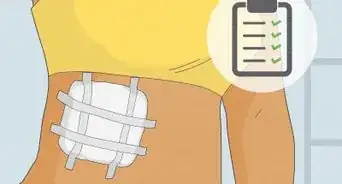 Gall Bladder Pain Relief: Quick Solutions, Dietary Advice, & More
Gall Bladder Pain Relief: Quick Solutions, Dietary Advice, & More
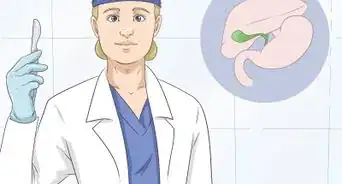

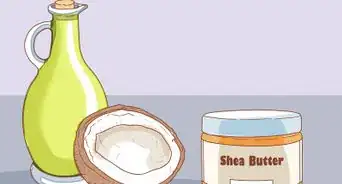
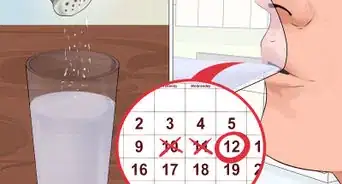


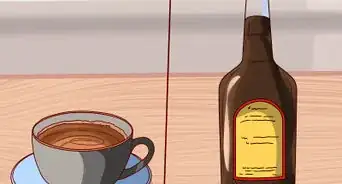
References
- ↑ https://patient.info/health/gallstones-and-bile/features/gallstones-diet-sheet
- ↑ https://patient.info/health/gallstones-and-bile/features/gallstones-diet-sheet
- ↑ https://patient.info/health/gallstones-and-bile/features/gallstones-diet-sheet
- ↑ http://pennstatehershey.adam.com/content.aspx?productId=107&pid=33&gid=000066
- ↑ https://www.life-saving-naturalcures-and-naturalremedies.com/a-natural-remedy-for-gallstones-that-works-every-time.html
- ↑ http://naturalhealthtechniques.com/healingtechniquescastor_oil_packs/
- ↑ http://www.jlr.org/content/44/12/2297.full
- ↑ http://pennstatehershey.adam.com/content.aspx?productId=107&pid=33&gid=000066
- ↑ https://www.nhs.uk/conditions/gallstones/diagnosis/
- ↑ https://www.nhs.uk/conditions/gallstones/treatment/
- ↑ https://www.uptodate.com/contents/gallstones-beyond-the-basics
- ↑ https://www.aafp.org/afp/2014/0515/p795.html
- ↑ https://www.health.harvard.edu/womens-health/what-to-do-about-gallstones
- ↑ http://pennstatehershey.adam.com/content.aspx?productId=107&pid=33&gid=000066
- ↑ https://patient.info/health/gallstones-and-bile/features/gallstones-diet-sheet
- ↑ https://www.medicaldaily.com/everyday-practices-will-help-prevent-gallstone-attacks-247598
- ↑ https://patient.info/health/gallstones-and-bile/features/gallstones-diet-sheet
- ↑ https://www.thelancet.com/journals/lancet/article/PIIS0140-6736(05)66373-8/fulltext
About This Article
To get rid of gallstones, start by getting a medical exam so you can treat the condition properly, especially if you're experiencing abdominal pain or jaundice. You can treat mild gallbladder symptoms by taking over-the-counter painkillers, eating a low-fat diet, and waiting for the stones to pass by themselves. For more serious situations, you can get a prescription for bile acid pills to dissolve the gallstones. To learn about other gallbladder treatments for persistent or very large gallstones, read on!
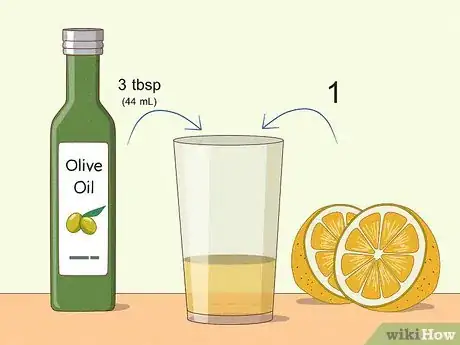

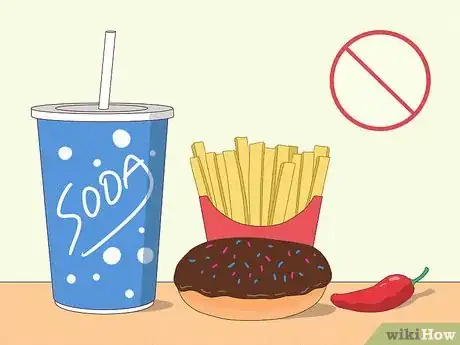

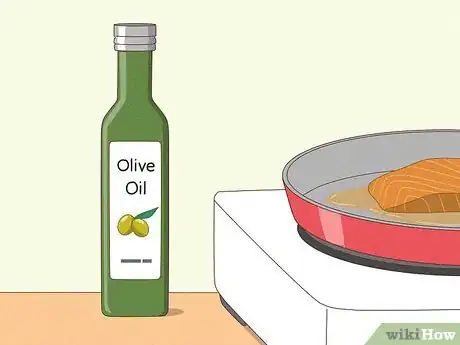
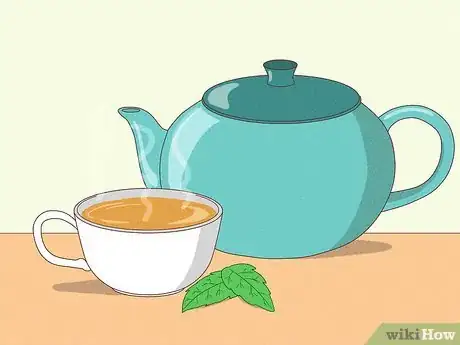
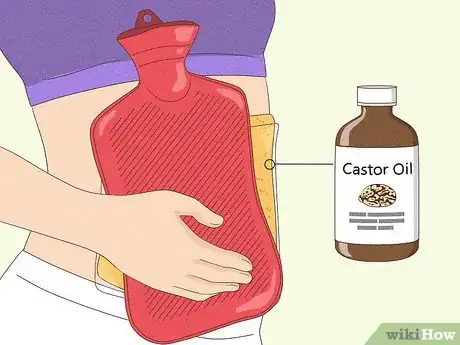
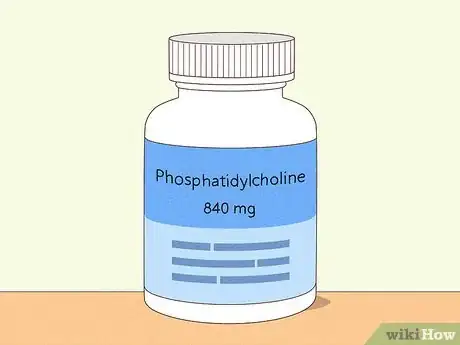
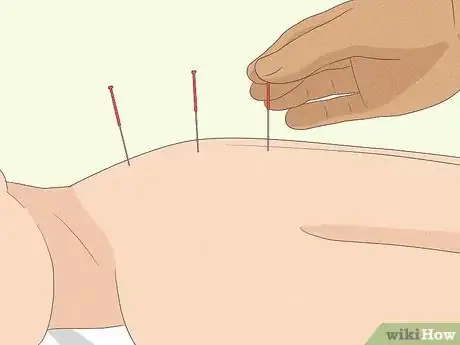
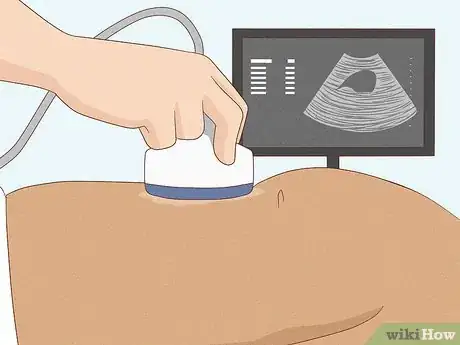
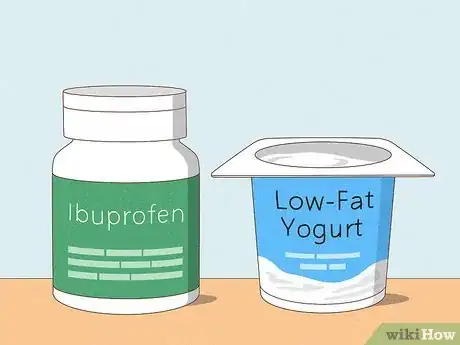

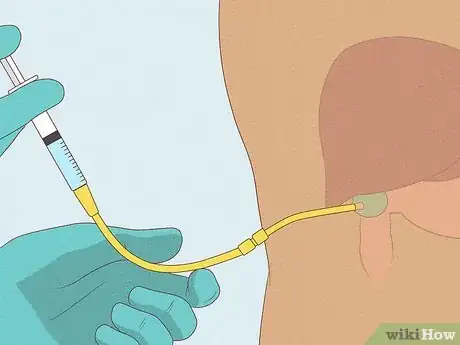
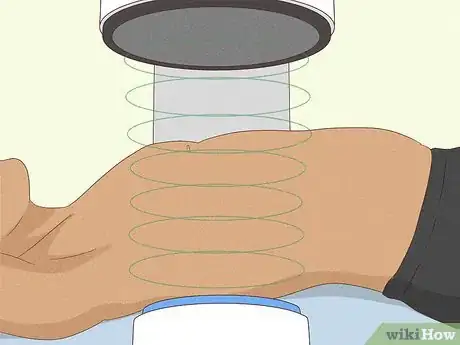
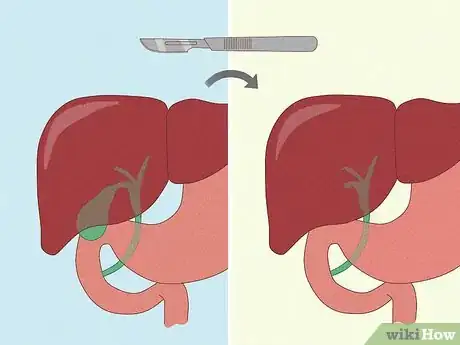
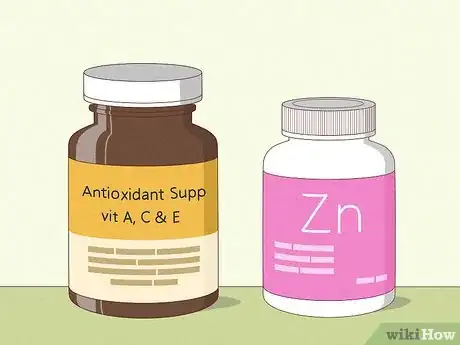
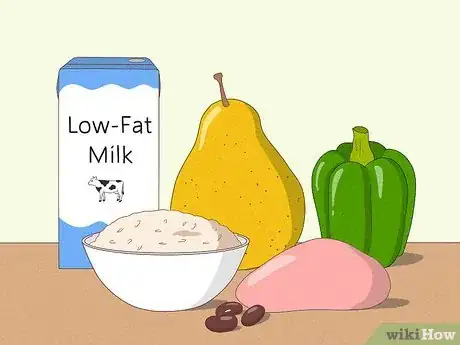









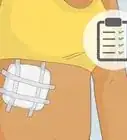
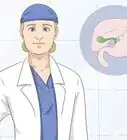
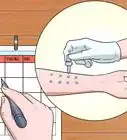
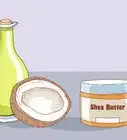



































Medical Disclaimer
The content of this article is not intended to be a substitute for professional medical advice, examination, diagnosis, or treatment. You should always contact your doctor or other qualified healthcare professional before starting, changing, or stopping any kind of health treatment.
Read More...